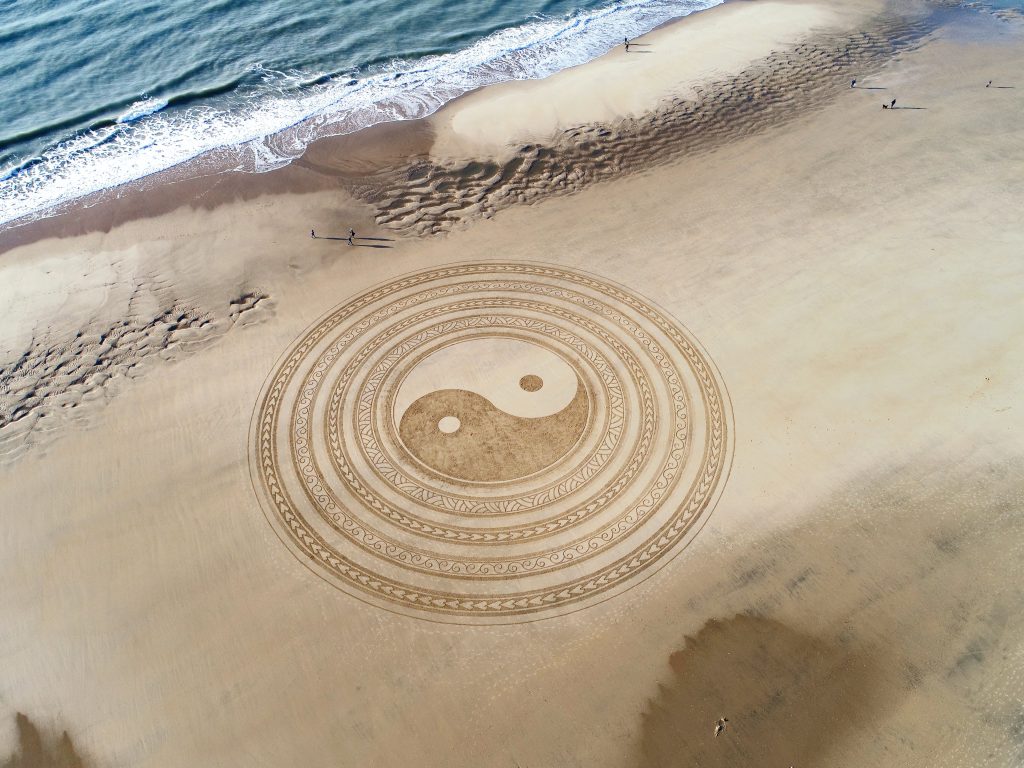
Introduction
In our contemporary world, where the relentless pace of life and the cacophony of demands can often leave us feeling overwhelmed, the quest for a tranquil oasis within the confines of our own homes becomes increasingly vital. This is where the age-old practice of Feng Shui steps in, offering a profound means to cultivate serenity and equilibrium in our living spaces. Rooted in ancient Chinese wisdom, Feng Shui is the art of orchestrating one’s surroundings to facilitate the harmonious flow of positive energy, known as “qi,” and to instill a profound sense of balance and harmony. In the following paragraphs, we’ll delve into the core principles of Feng Shui and explore the techniques that enable you to arrange your home in a way that harnesses its remarkable power to enhance your overall well-being.
At the heart of Feng Shui lie fundamental principles that harmonize your living space with the natural world, fostering a sense of vitality and serenity. Central to this practice is the Bagua Map, a foundational tool that divides your living space into nine distinct areas, each corresponding to different aspects of life, such as health, wealth, relationships, and career. By aligning these areas with specific elements and colors, Feng Shui empowers you to enhance and balance the energies in each facet of your life. Additionally, the Five Elements—Wood, Fire, Earth, Metal, and Water—form the bedrock of this practice. Each element embodies unique qualities and attributes, and incorporating them thoughtfully into your home decor can significantly influence your living environment. By integrating these principles, you can embark on a transformative journey to create a haven of positivity, tranquility, and equilibrium within your own home.
What is Feng Shui?
Feng Shui, pronounced “fung shway,” is an ancient Chinese practice that dates back thousands of years. It’s based on the idea that the arrangement of your living space can affect your life and well-being. The term “Feng Shui” translates to “wind-water” in English, which reflects the importance of these elements in balancing the energy, or “qi,” in your environment.
The Principles of Feng Shui
The Bagua Map: To begin practicing Feng Shui, you must first understand the Bagua map. This map divides your living space into nine areas, each corresponding to a specific aspect of your life, such as health, wealth, relationships, and career. By aligning these areas with the corresponding elements and colors, you can enhance and balance the energy in each aspect of your life.

The Five Elements: Feng Shui relies on the concept of five elements – Wood, Fire, Earth, Metal, and Water. Each element represents specific qualities and characteristics. To achieve balance, it’s crucial to incorporate these elements into your home decor thoughtfully. For example, you can add wooden furniture to promote growth and creativity or incorporate water elements through mirrors and fountains to enhance clarity and communication.

Yin and Yang: Feng Shui emphasizes the balance between yin and yang energies, which are opposites but complementary. Yin represents calm, passive, and receptive energy, while yang represents active, vibrant, and assertive energy. A harmonious living space incorporates both energies to create a sense of equilibrium. You can achieve this balance by mixing soft, rounded shapes (yin) with angular, sharp shapes (yang) in your decor and furniture.
Creating Balance and Harmony in Your Home
Declutter: Clutter disrupts the flow of energy in your home. Begin by decluttering your space, getting rid of items you no longer need or love. This will create a sense of openness and allow positive energy to circulate freely.
Use the Bagua Map: Apply the Bagua map to your living space by aligning it with the entrance of your home. This will help you identify the areas that need attention and enhance specific aspects of your life. For example, placing a potted plant in the wealth area can promote financial abundance.
Balance the Elements: Ensure that all five elements are present in your home. Use colors, materials, and decor items that correspond to each element to create a harmonious atmosphere. For example, earthy tones and ceramics represent the Earth element, while candles and vibrant artwork can embody the Fire element.
Furniture Arrangement: Arrange your furniture to promote positive energy flow and balance. Avoid placing furniture in direct alignment with doorways or in sharp angles, as this can disrupt the energy. Instead, position furniture to encourage conversation and a sense of comfort.
Lighting: Proper lighting is essential in Feng Shui. Incorporate natural light whenever possible, and use soft, diffused lighting to create a cozy and welcoming atmosphere. Avoid harsh, direct lighting that can create tension.
In a world where stress and chaos often dominate our lives, the ancient wisdom of Feng Shui offers us a path to reclaim the tranquility and balance that our souls crave. As we’ve explored the principles of Feng Shui and its transformative potential, we understand that it’s not merely about arranging furniture or decorating with intention; it’s about cultivating a sanctuary of positive energy and harmony within our homes.

By embracing Feng Shui, you’re not just rearranging your surroundings; you’re actively nurturing your well-being and happiness. The process of decluttering clears not only physical space but mental clutter as well, allowing room for fresh perspectives and positive energy to flourish. The incorporation of the five elements and the thoughtful application of the Bagua map empowers you to create an environment that not only feels harmonious but also supports the various aspects of your life.

So, as you embark on your journey into the world of Feng Shui, remember that it’s not just about aesthetics; it’s about embracing a holistic approach to life and design. By taking the time to align your living space with the principles of Feng Shui, you’ll find yourself residing in a place that resonates with peace, balance, and harmony—a true sanctuary for your body, mind, and spirit.